Chloris lobata
Lazarides
(Chlor-es; lobe-art-a)
This is a native species of a genus more commonly known for introduced species like Rhodes grass (Chloris gayana). Chloris lobata is an annual grass, with upright or ground hugging stems up to 45 cm tall (Fig. 1). The leaves arise from around the base of the plant and along the stems (cauline), with leaf blades smooth or rough to the touch. The flowering head consists of between 2-7 branches, originating from a central point and terminating the stem (Fig. 2). The basic flowering units or spikelets are closely arranged along these spike like branches. The spikelets (the basic flowering unit) are positioned along the lower side of the branch, usually alternating from left to right along the branch axis (Fig. 3), and are laterally compressed (flattened from side to side). The spikelets are comprised of 2 unequal glumes finely tapered at the tip, the glumes remain on the branch after the florets have dispersed. The glumes are shorter than the two (rarely 3) florets (modified grass flowers) they enclose (Fig. 3). The larger lower floret is fertile and the smaller upper floret/s are sterile. The most prominent structure of the florets, the lemma (Fig. 4), is divided at the tip into two lobes, both lobes are finely tapered into long bristles and are separated by a slightly longer central awn or bristle. The lemma of the upper floret is divided into two lobes almost to the base (Fig. 4).
BOTANICAL DESCRIPTION
An annual, erect or prostrate grass, between 15-45 cm high (Fig. 1). The leaves are basal and cauline, with leaf blades 1-15 cm long and 0.2-2 mm wide; smooth or rough to the touch. The leaf sheath is mostly glabrous with long hairs around the junction with the leaf blade. The inflorescence is exserted well above the leaves or emerging from the adjacent sheathing leaf. The inflorescence is comprised of 2-7, erect, spreading or ascending, digitate spikes, 14-50 mm long (Fig. 2). The branch stems are flattened, with spikelets arranged in alternating rows along the lower side of the branch (Fig. 3). The spikelet is laterally compressed and 4-6 mm long (excluding awns). The spikelets are 2 (rarely 3) flowered with one 1 fertile floret, and 1 (rarely 2) sterile floret; the upper floret/s are smaller and on a pedicel. The lemma of the fertile floret is 4-6 mm long and bilobed, the lobes tapering into fine bristles 3.5-8 mm long, and separated by a central awn 3-11 mm long (Fig. 4). The surface of the lemma is sometimes minutely textured with tiny rough protrusions or tubercles and with erect silky hairs in the upper half, along or near the lateral nerves. The lemma of the upper floret is deeply divided almost to the base of the lemma.
DIAGNOSTIC FEATURES
It is easy to confuse this species with other species of Chloris, especially Chloris pectinata (Fig. 5) and Chloris pumilio (Fig. 6). There are a suite of characters which, in combination, help to identify C. lobata from C. pumilio and C. pectinata (Table 1). To summarise, C. lobata has smaller inflorescence branches than C. pectinata, has more awns/bristles per spikelet which give the inflorescence a fluffier appearance (Fig. 7a & c), and has erect to spreading branches. Chloris pectinata branches are often strongly divergent, ranging from spreading to being held at right angles to the stem or bent backwards (Fig. 5). Chloris pumilo has longer awns and more inflorescence branches than C. lobata (Fig. 7b & c), the branches are held erect and close together, which give the inflorescence a hairier, thicker appearance.
From the introduced species Chloris gayana (Fig. 8), Chloris virgata (Fig. 9), and Chloris inflata (Fig. 8) (referred to in some sources as Chloris barbata) it is best identified by the fewer, typically smaller branches in the flowering head/inflorescence, and the longer awn of the spikelets. Using flower/floret characters it is best distinguished by the tapered lobes of the apex of the upper floret lemma, the other three species have blunt or rounded upper lemmas which are either unnotched or obscurely notched (Fig. 10).
Superficially, Chloris lobata species may be confused with species of Enteropogon and Dichanthium when immature. Chloris species have much shorter awns then Dichanthium and only have spikelets on the lower side of the flowering stem, leaving the alternate side exposed. Enteropogon species have dorsally compressed lemmas, so are flattened front to back, compared to side to side in Chloris.
NATURAL VALUES
This species contributes to the diversity of the savanna ground layer and the health of the ecosystem, however, specific attributes are not available to report here.
HABITAT
This species is widespread and well collected on Cape York Peninsula (Fig. 11), on a range of soil types, including seasonally wet areas such as claypans, river flood flats, creek beds and banks. Usually common where occurring or co-dominant with other grasses; often in Eucalyptus woodland, or associated with Melaleuca species (Simon & Alfonso 2011). It is only known from Australia, and is recorded N of 20°S, from the Kimberley to eastern Cape York Peninsula.
LAND MANAGEMENT
Exhibits weedy behaviour in disturbed areas with lighter soils, such as railway enclosures (Nightingale et al. 2005). As an annual, this species will mostly emerge and flower during the wet season, however, may persist or emerge outside these times when the availability of water allows it.

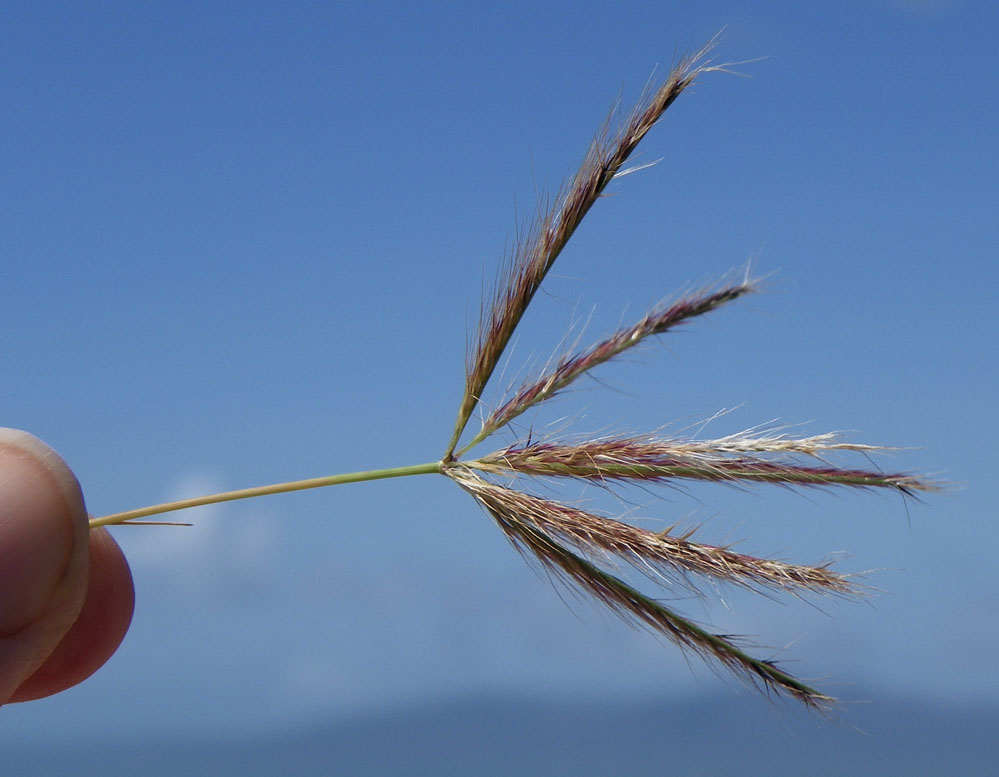
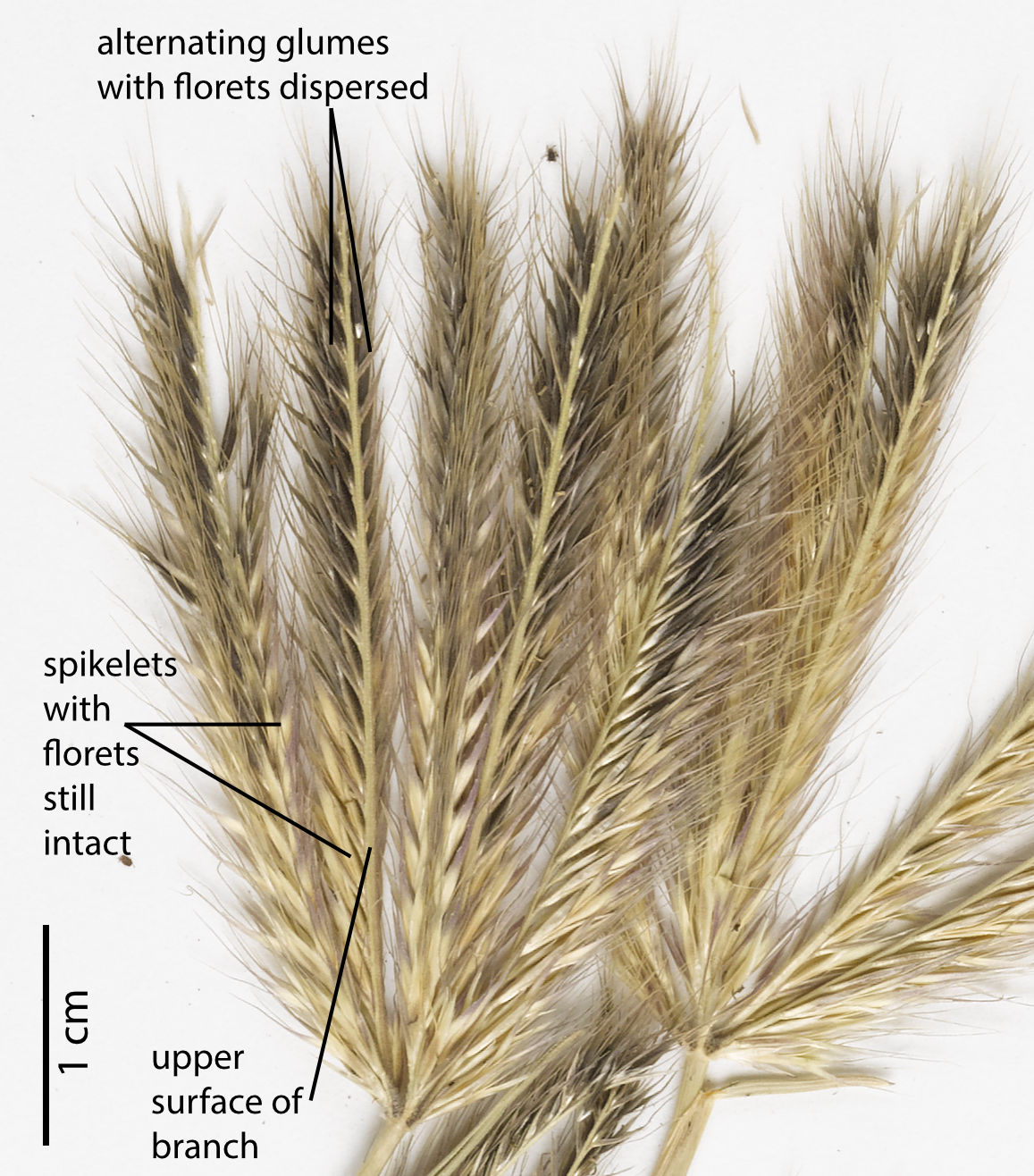
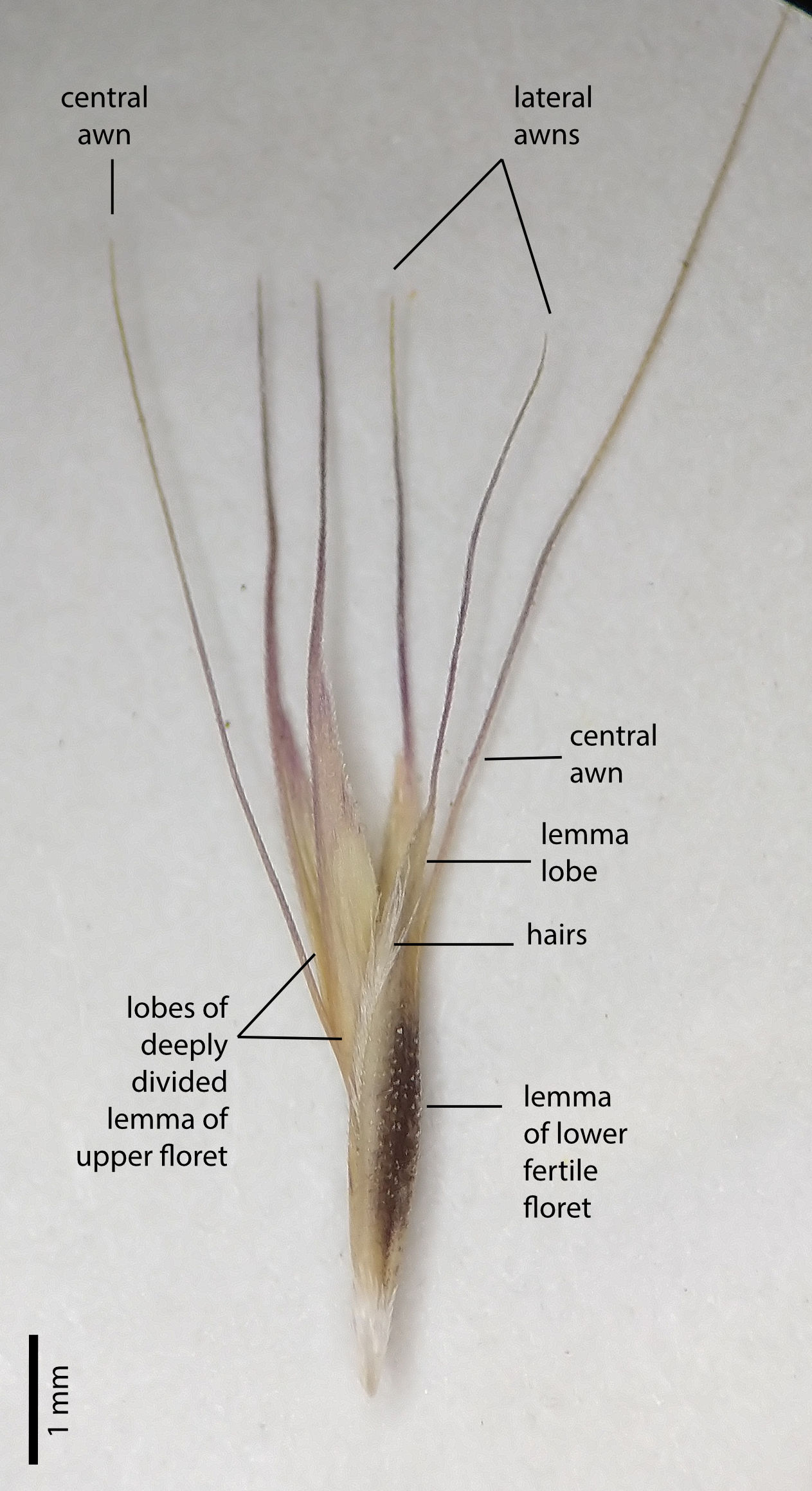


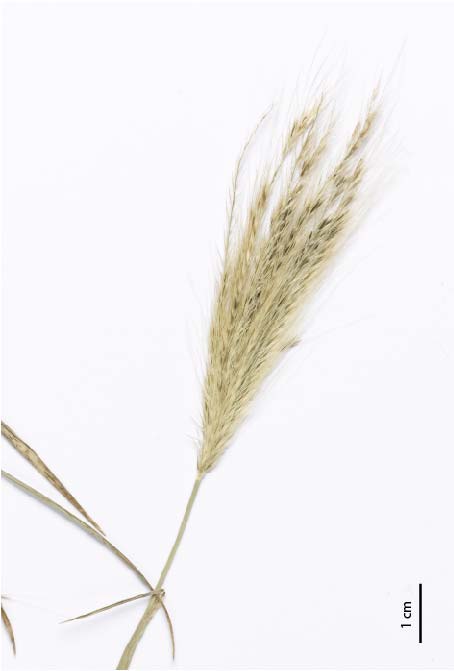


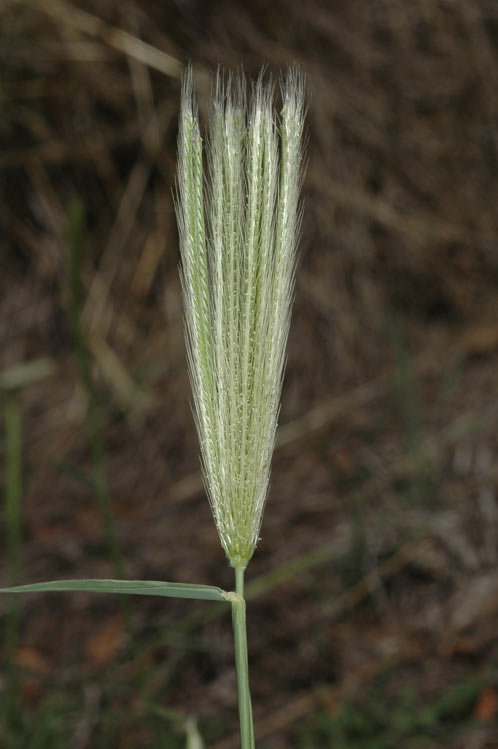


data is available for this species in CYP. (Mapping supplied by P. Bannink, DES). Data attribution: Environment and Science, Queensland Government, Biodiversity status of pre-clearing and 2015 remnant regional ecosystems series - version 10.0 licensed under Creative Commons Attribution.
Resources
AVH (2019). Australia’s Virtual Herbarium, Council of Heads of Australasian Herbaria, <http://avh.chah.org. au>, [accessed Mar 2019].
Hooker, Nanette B. (2016). Grasses of Townsville. James Cook University, Townsville, QLD, Australia.
Lazarides, M. (1972). A revision of Australian Chlorideae (Gramineae). Australian Journal of Botany Supplementary Series 5: 20.
Lazarides, M., Quinn, F. & Palmer, (1992). Chloris. In J.R. Wheeler (ed), B.L. Rye, B.L. Koch & A.J.G. Wilson. Flora of the Kimberley Region. (Western Australian Herbarium, Dept. of Conservation and Land Management Como, W.A.), pp. 1139-1140.
Milson, J. (2000). Pasture plants of north-west Queensland. Information Series Q100015. Queensland Department of Primary Industries.
Nightingale, M.E., Lazarides, M. & Weiller, C.M. in Mallett, K. (ed.) (2005). Chloris. Flora of Australia 44B: 281.
Simon, B.K. & Alfonso, Y. (2011). AusGrass2, http:// ausgrass2.myspecies.info/accessed on [March 2019].

